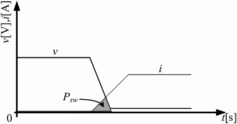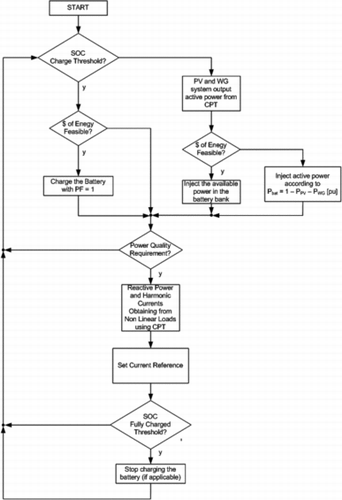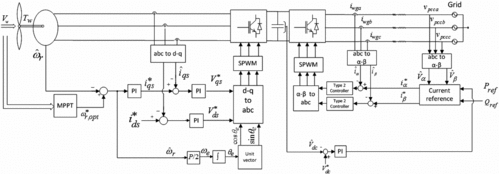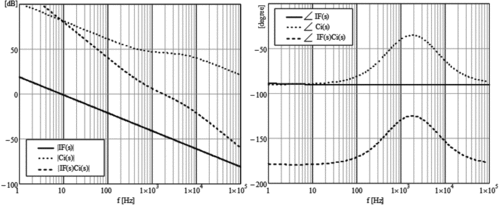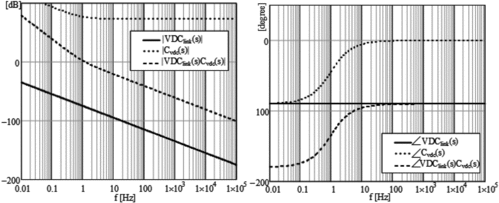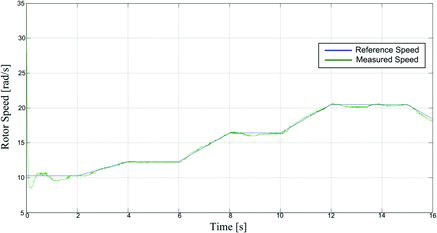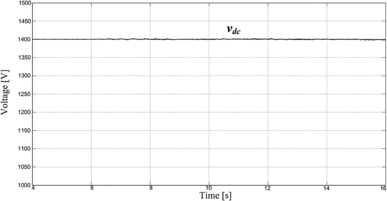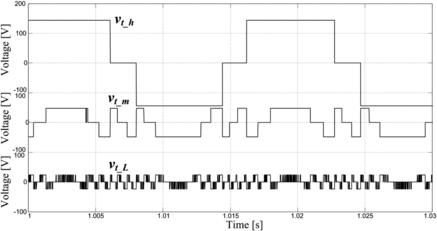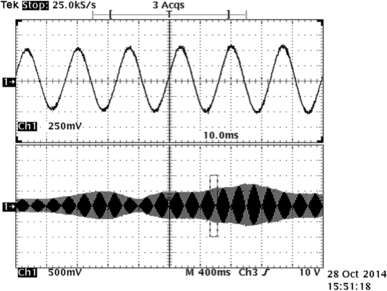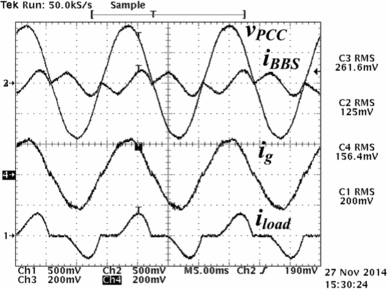Figures & data
Table 1. PMSG parameters and wind turbine specifications.
Figure 14. The three-phase PCC voltage and the WG three-phase output current in steady-state condition.
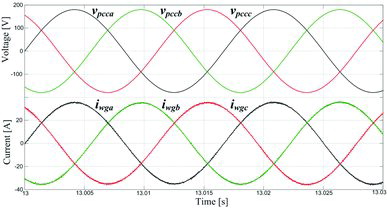
Figure 15. Schematic of the proposed power electronic interface for grid-connected PV-based system and its control strategy.
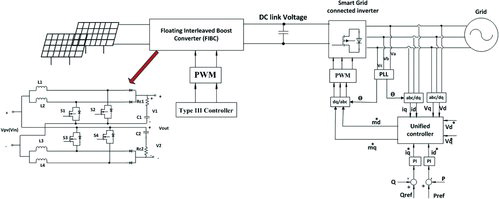
Table 2. Parameters of the type-III compensator.
Figure 16. The FIBC output voltage in steady-state condition when the PV system is injecting 2 kW into the grid.
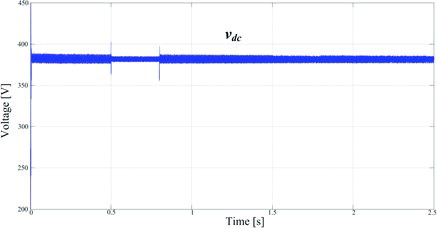
Table 3. Parameters of FIBC.
Table 4. Parameters of the inverter.
Figure 17. The three-phase PCC voltage and the three-phase PV system output current in steady-state condition.

Table 5. Prototype parameters.
Figure 19. Three-phase PCC voltage and the three-phase BBS output current in steady-state condition under mode 2.
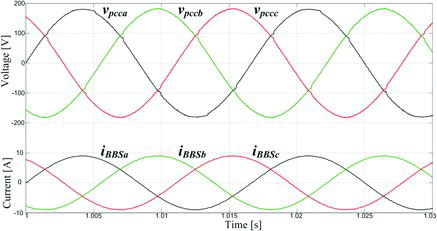
Figure 21. The PCC voltage, the BBS current and the grid current when the BBS during the transition from mode 2 to mode 4.

Figure 22. PCC voltage, BBS output current and the load current during transition from mode 2 to mode 1.
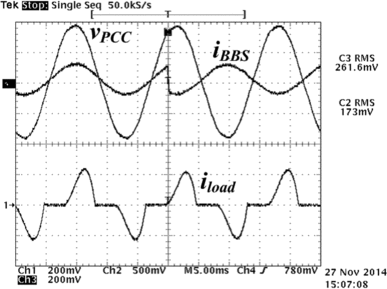
Figure 23. The BBS terminal voltage (vt) and the cell output voltages (vt_h, vt_m and vt_L) (R1, R2, R3, Ch4: 500 mV/250 V).





